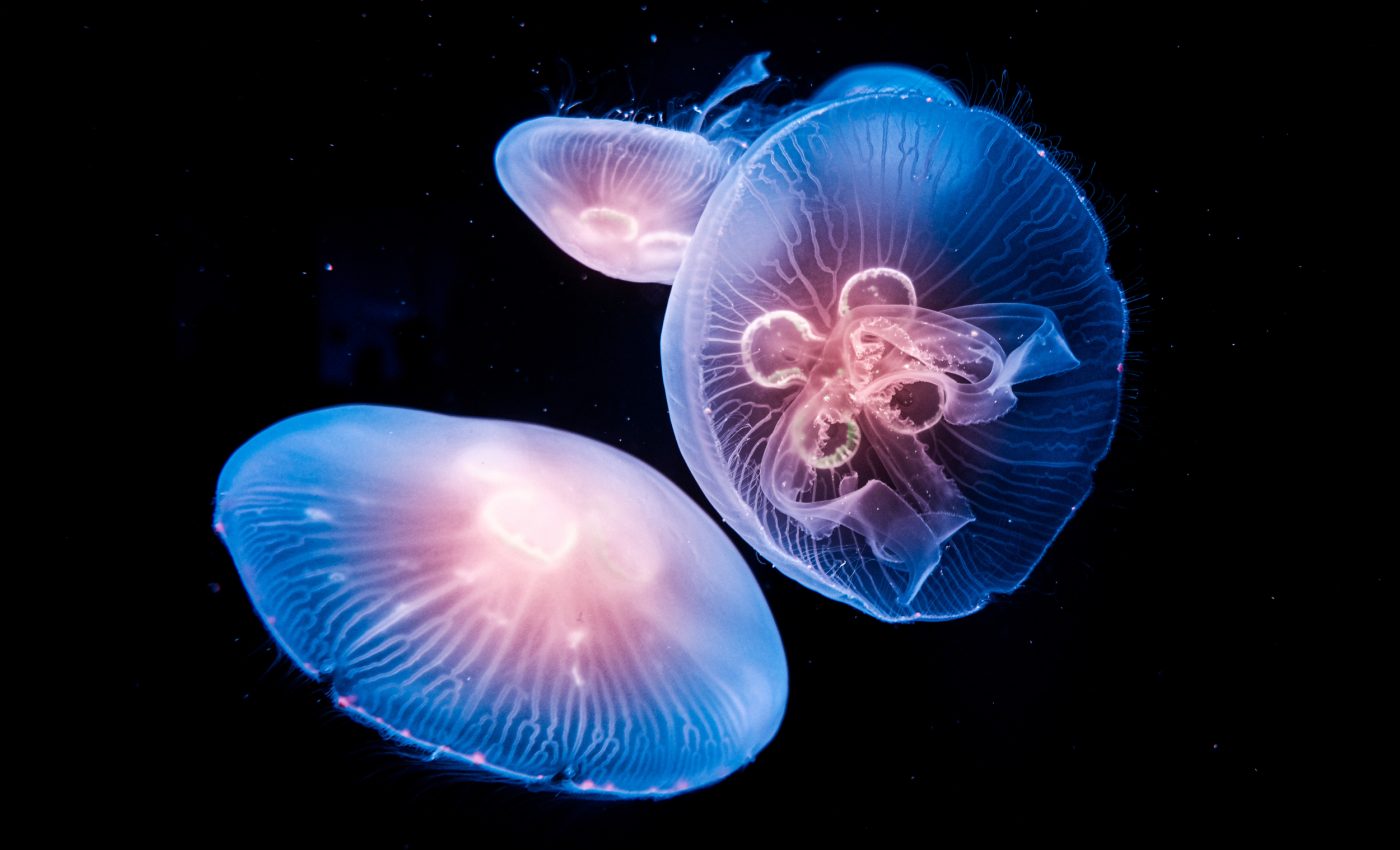
Ocean's twilight zone stabilizes the marine food chain
The twilight zone, a mysterious ocean layer below the surface where light is scarce, plays a crucial role in shaping marine ecosystems.
As global warming intensifies, understanding the impact of this zone on the ocean’s tiniest lifeforms such as phytoplankton becomes increasingly important.
These microscopic organisms are essential for maintaining balance in the marine food chain, meaning any shifts in their population could trigger a ripple effect throughout the entire ecosystem.
The role of the twilight zone
Given their position in the ocean’s upper layers, phytoplankton are directly influenced by changes in sunlight and temperature.
However, recent research reveals that the twilight zone’s influence of equally critical, particularly through its role in nutrient cycling.
This zone affects surface-dwelling phytoplankton mainly due to warmer temperatures that influence bacteria, which decompose organic matter and release inorganic nutrients essential for phytoplankton photosynthesis.
Coupling of ocean layers
A recent study highlights the coupling between two oceanic domains: the well-lit surface water and the twilight zone beneath.
This interaction can significantly alter the response of surface ecosystems to climate change, primarily through a process known as “thermocline renewal,” where warmer ocean waters across the upper 300-500 meters are renewed by circulating through the surface ocean.
Observations and models
To test the theory that warming strengthens nutrient recycling between these ocean layers, an international team of climate scientists from Japan, France, and the United States used a combination of ocean observations and three-dimensional ecosystem models.
The experts identified large reserves of inorganic nutrients in the twilight zone, resulting from bacterial decomposition of organic matter.
The study’s projections, which extend up to the year 2300, emphasize the critical role these nutrients play in sustaining phytoplankton photosynthesis at the surface through thermocline renewal.
Twilight zone’s role in nutrient recycling
The analysis of ocean observations revealed that under current climate conditions, bacterial and other low-latitude processes in the twilight zone contribute to at least half of the nutrient recycling between the mesopelagic domain and the surface layers, a process driven by upwelling.
These findings emphasize the importance of subsurface nutrient pools in supporting surface ecosystems.
“Our study highlights a mechanism that we believe can help to advance our understanding of what has been an overlooked aspect in projections of marine ecosystem health,” said Olivier Aumont from Sorbonne Universités in France.
“Understanding the coupling between the mesopelagic twilight zone and surface waters is an area where improved mechanistic understanding can help to further improve our climate change projections, which still indicate some disagreement.”
Stimulating further research
“We hope that our work will stimulate novel research to further understand the ocean circulation pathways of thermocline renewal,” said Keith Rodgers, a researcher from Tohoku University.
These insights could catalyze further investigations into how these ocean circulation pathways impact marine nutrient dynamics and ecosystem health.
Implications for marine conservation
Beyond contributing to our understanding of climate modeling, this study has significant implications for marine resource conservation, such as fisheries.
With ongoing trends of gradual ocean deoxygenation and warming, creating accurate models to project the future of marine ecosystems and fish habitats becomes even more critical.
As the ocean’s environmental conditions continue to change, the insights gained from this research will be vital for predicting and mitigating the impacts on marine biodiversity and resource sustainability.
Twilight zone and carbon cycling
The insights gained from this study also have significant implications for global carbon cycling and climate regulation.
Phytoplankton are known as vital players in the ocean’s biological carbon pump, a process where carbon dioxide from the atmosphere is absorbed by these microorganisms through photosynthesis and then transported to deeper ocean layers when they die and sink.
The twilight zone acts as a critical intermediary in this process. By decomposing organic matter that sinks from the surface and releasing nutrients back into the upper ocean, bacteria in the twilight zone influence how efficiently carbon is sequestered in the ocean depths.
This microbial recycling process can affect the overall balance of carbon dioxide between the ocean and the atmosphere, impacting global climate patterns.
The study is published in the journal Nature.
—–
Like what you read? Subscribe to our newsletter for engaging articles, exclusive content, and the latest updates.
Check us out on EarthSnap, a free app brought to you by Eric Ralls and Earth.com.
—–













